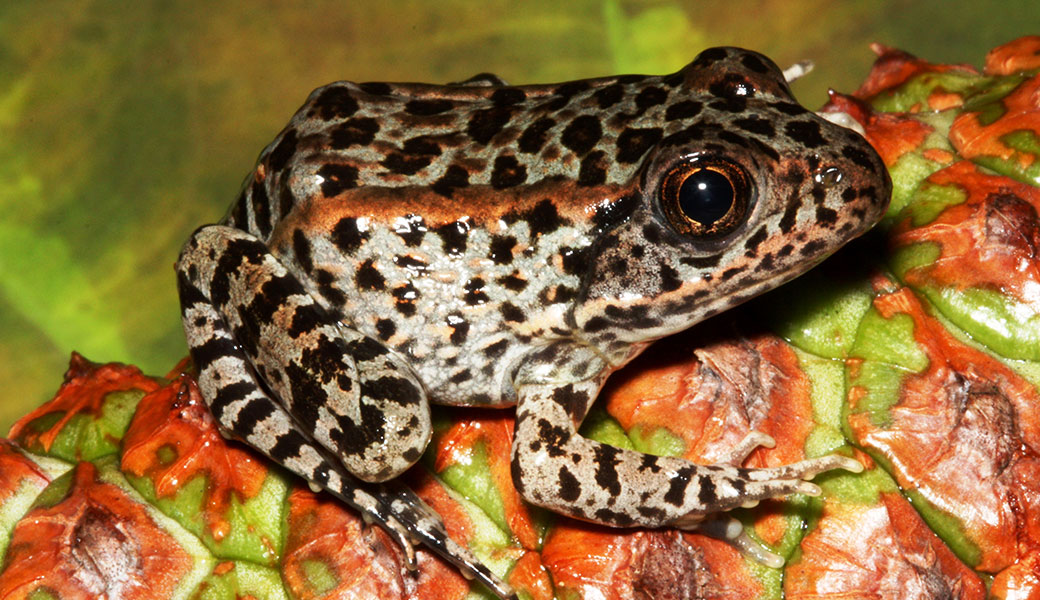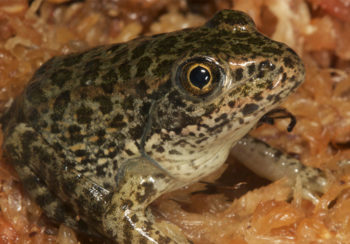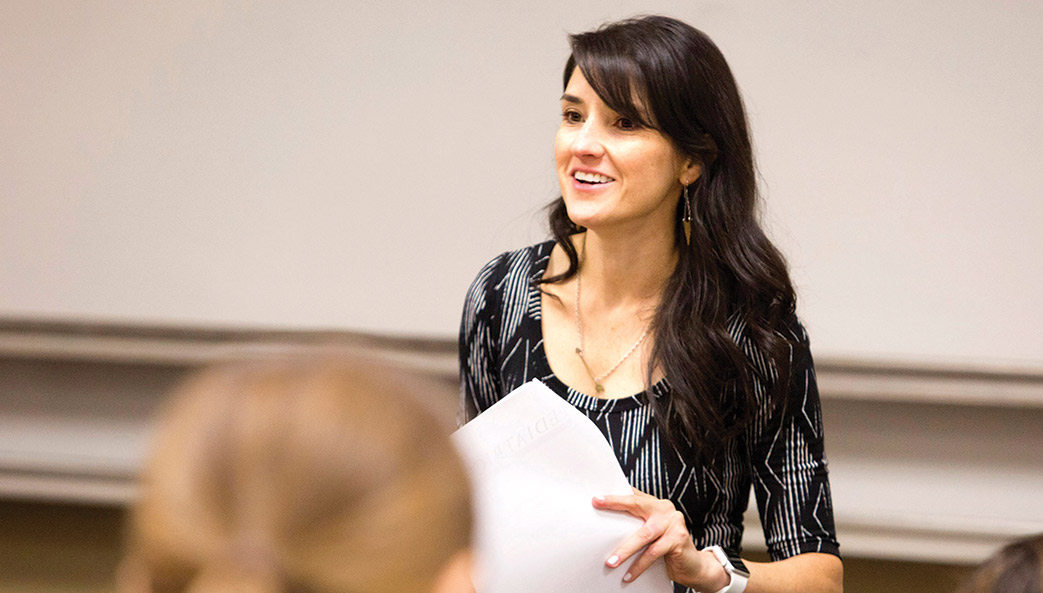New research from the University of Georgia predicts that as a changing climate brings increasing drought conditions, the at-risk gopher frog population—an important indicator species for biodiversity in the Southeast—could need help to survive.
A team led by Clint Moore, adjunct associate professor in the Warnell School of Forestry and Natural Resources and a researcher for the U.S. Department of Interior, created a life stage-based simulation that predicts how the gopher frog population will respond to potential future drought conditions.
The research grew out of a practical need for guidance on conservation efforts and evolved from a larger study funded by the U.S. Fish and Wildlife Service and other federal partners. That study explores population resiliencies and possible conservation efforts for five at-risk species in the Southeast: striped newt, southern hognose snake, the Florida pine snake, gopher frog and gopher tortoise.
Published in Global Ecology and Conservation, the study suggests that gopher frog populations will persist at their current level if drought conditions remain the same, but if the number of drought years continues to increase, conservationists will likely have to take action to preserve the gopher frog population.
“The metric we looked at was probability of persistence, and we looked at it over a 30-year projection into the future,” Moore said. “The underlying result was that if conditions of patterns of drought continue into the next 30 years as they have looked in the last several years, gopher frogs—which are listed as an at-risk species—have a reasonable chance of persisting.
“If drought patterns increase, if there’s more droughts per decade than we’ve seen in the recent past, things go south for the gopher frog.”
Native to the southeastern United States and southern Georgia, gopher frogs can be used by researchers as an indicator of the overall health of the pineland ecosystem.
“Gopher frogs are an indicator of biodiversity at large, particularly in this habitat,” said Moore. “If things aren’t good for gopher frogs, that’s probably an indicator that they’re not good for other species in that ecosystem.”
Gopher frogs breed in small bodies of water that disappear during drought seasons. Droughts affect their mating and breeding and therefore their overall population numbers. Moore’s simulation considers the number of gopher frogs at each stage of life and predicts how many will be left the following season based on the likelihood of mating and breeding. Essentially the simulation predicts, under a variety of circumstances and droughts, how well gopher frogs will reproduce.
The team used the same actuarial technologies as financial planners and retirement consultants, according to Moore.
“They’re asking questions like, given where you are today and given the choices you’re making, what’s the probability that you’ll run out of money before age 80 or age 90?” he said. “We’re asking exactly the same question: Given where gopher frogs are today and the things we understand about survival rates and these transition probabilities from state to state, what’s the probability that a population of 100 individuals will make it 30 years into the future and still be viable at that point in time?”
If drought years continue to increase in Southeastern longleaf pine habitats, gopher frogs—as well as other species—may need stepped up conservation efforts to continue to thrive.
“What that might mean is maybe we need to buy more property where some of these wetlands occur, as a safeguard. Or on the current properties, maybe we need to think about engineering the hydro-patterns of these wetlands so they’re less prone to drying out under severe droughts,” Moore said. “Or we may want to try to introduce these little frogs at new sites where the conditions seem suitable for them.”
The lead author of the paper, Brian A. Crawford, Georgia Cooperative Fish and Wildlife Research Unit and Warnell, was joined by colleagues John C. Maerz and Vanessa C.K. Terrell at Warnell. The study was funded by the U.S. Fish and Wildlife Service and the Natural Resources Conservation Service and was supported by the Georgia Cooperative Fish and Wildlife Research Unit and Warnell.






